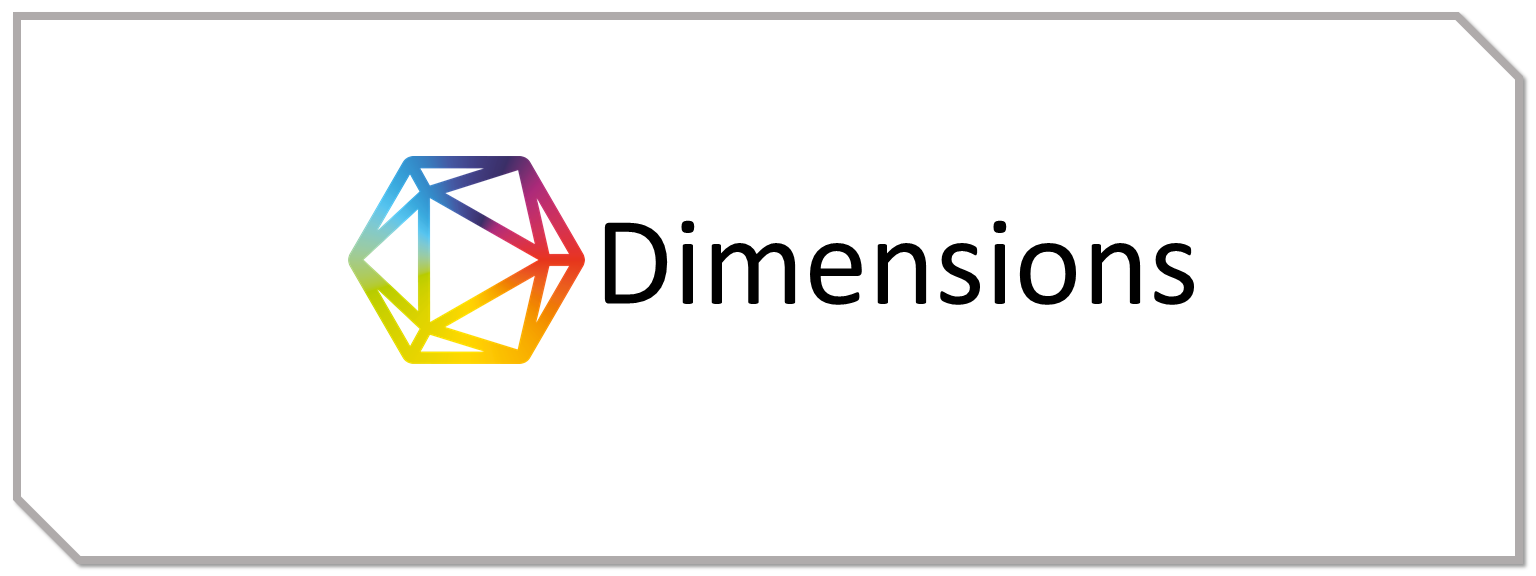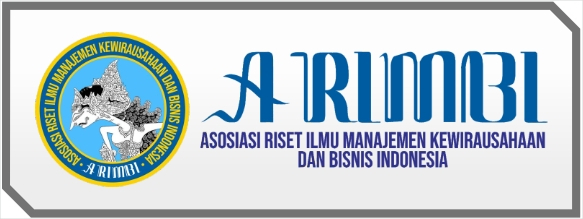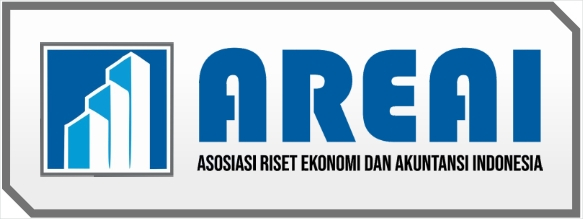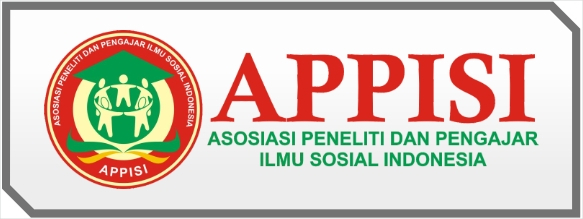Geliat Pariwisata Wellness Tourism Dalam Masa Pandemi
DOI:
https://doi.org/10.59581/jmpp-widyakarya.v1i3.1006Keywords:
Tourism, Pandemic, Wellness TourismAbstract
One of the industries that has been badly impacted by the COVID-19 outbreak is tourism. According to BPS statistics from 2021, there has been a dramatic drop in both domestic and international tourism. Diverse initiatives are made to keep Indonesian tourism alive. Kemenparekraf/Baparekraf is in charge of the "rescue" phase's emergency response, recovery, and normalization. According to Kaspar, wellness tourism is a type of tourism service that can be produced or enhanced in response to a destination's social and environmental circumstances. In terms of the tourist industry, wellness tourism is a subset of health tourism that is comparable to other tourism industries. Here are some motivational ideas that were examined based on the push and pull variables used in this study However, push factors do not considerably increase the desire to travel for wellness in Indonesia. Push factors might be said to cause the urge to return to traveling for wellbeing. According to reports, pull factors significantly influence foreign tourists' interest in visiting Indonesia for wellness tourism. Enhancing mental wellbeing is the indicator that best explains the push factors for tourists to engage in wellness tourism in Indonesia, whilst heritage and culture are the indicator that best describes the draw factors. However, out of the two, pull factors have a greater impact on tourists' interest in visiting.
References
Badan Pusat Statistik. (2021). Berita Resmi Statistik 1 Februari 2021. https://www.bps.go.id/pressrelease/2021/02/01/1796/jumlah-kunjungan-wisman-ke-indonesia-bulan-desember-2020-mencapai-164-09-ribu-kunjungan-.html
Baniya, R., Ghimire, S., & Phuyal, S. (2017). Push and Pull Factors and their effects on International Tourists’ Revisit Intention to Nepal. The Gaze: Journal of Tourism and Hospitality, 8(August), 20–39. https://doi.org/10.3126/gaze.v8i0.17830
Budi, P. I. (2019). Meditation For A Better life As A Potential Wellness Toursm In Bali. Faktor Penyebab Stres Pada Tenaga Kesehatan Dan Masyarakat Pada Saat Pandemicovid-19, 3(2), 71–83.
Goyal M, et al. (2014). Meditation Programs for Psychological Stress and Well-being A Systematic Review and Meta-analysis. JAMA Intern Med: 174(3); 357-368. Viewed on 25 June 2019. from: %0Ahttp://www.mindfulmanagement.es/w%0Ap%02content/uploads/2014/09/Meditation%02for-psychological-stress-and%02wellbeing-copie.pdf.
Győri..F. (2015). Thoughts about the theoretical approach of recreation, sport and tourism. Arena: Journal of Physical Activities, 4.
Hall. C. M. (2011). Health and medical tourism: A kill or cure for global public health? Tourism Review.
Kassean, H., & Gassita, R. (2013). Exploring tourists’ “push and pull” motivations to visit mauritius as a holiday destination. Tourismos, 8(2), 39–56.
UNDANG-UNDANG REPUBLIK INDONESIA NOMOR 10 TAHUN 2009 TENTANG KEPARIWISATAANNo Title, (2009).
Konu, H., & Laukkanen, T. (2010). Predictors of tourists’ wellbeing holiday intentions in Finland. Journal of Hospitality and Tourism Management, 17(1), 144–149. https://doi.org/10.1375/jhtm.17.1.144
Lehto, X. Y., Brown, S., Chen, Y., & Morrison, A. M. (2006). Yoga tourism as a niche within the wellness tourism market. Tourism Recreation Research, 31(1), 25–35. https://doi.org/10.1080/02508281.2006.11081244
Mueller, H., & Kaufmann, E. L. (2001). Wellness tourism: Market analysis of a special health tourism segment and implications for the hotel industry. Journal of Vacation Marketing, 7(1), 5–17. https://doi.org/10.1177/135676670100700101
Rojan, B. & K. P. (2016). An Analysis of push and pull travel motivations of domestic tourists in Nepal. Journal of Management and Development Studies, 27, 16–30.
Smith, Melanie dan Puczkó, L. (2009). Health and Wellness Tourism. Butterworth-Heinemann is an imprint of Elsevier. Linacre House, Jordan Hill, Oxford OX2 8DP, UK 30 Corporate Drive, Suite 400, Burlington, MA 01803, USA, Retrive.
Smith, M., & Kelly, C. (2006). Wellness tourism. Tourism Recreation Research, 31(1), 1–4. https://doi.org/10.1080/02508281.2006.11081241
Sutianto, F. D. (2021). Kebut Pemulihan Pariwisata dan Ekonomi Kreatif, Ini Arahan Jokowi ke Sandiaga. Kumparan Bisnis. https://www.google.com/amp/s/m.kumparan.com/amp/kumparanbisnis/kebut-pemulihan-pariwisata-dan-ekonomi-kreatif-ini-arahan-jokowi-ke-sandiaga-1uvQnp8JbiX
Sutrisnawati, N. K., Budiasih, N. G. A. N., & Ardiasa, I. K. (2021). Upaya Pemulihan Sektor Pariwisata Di Tengah Pandemi Covid 19. Jurnal Kajian Dan Terapan Pariwisata, 1(1), 39–57. https://doi.org/10.53356/diparojs.v1i1.21
Tureac, C., & Turtureanu, A. (2010). Types and Forms of Tourism. Acta Universitatis Danubius. Œconomica, 4(1), 92–103.
Voigt, C., Brown, G., & Howat, G. (2011). Wellness tourists: In search of transformation. Tourism Review, 66, 16–30. https://doi.org/10.1108/16605371111127206
Yoeti, O. A. (1985). Pengantar Ilmu Pariwisata. Jakarta: Departemen Pendidikan dan Kebudayaan.
Downloads
Published
How to Cite
Issue
Section
License
Copyright (c) 2023 Andhi Supriyadi, Umar Abdul Jabbar

This work is licensed under a Creative Commons Attribution-ShareAlike 4.0 International License.


















